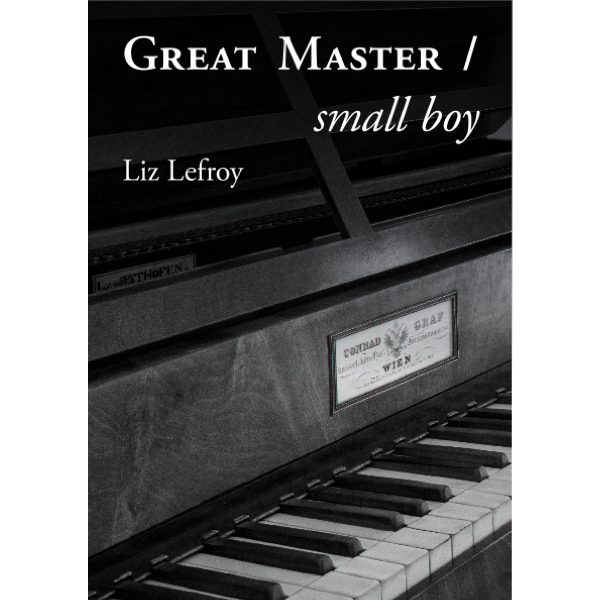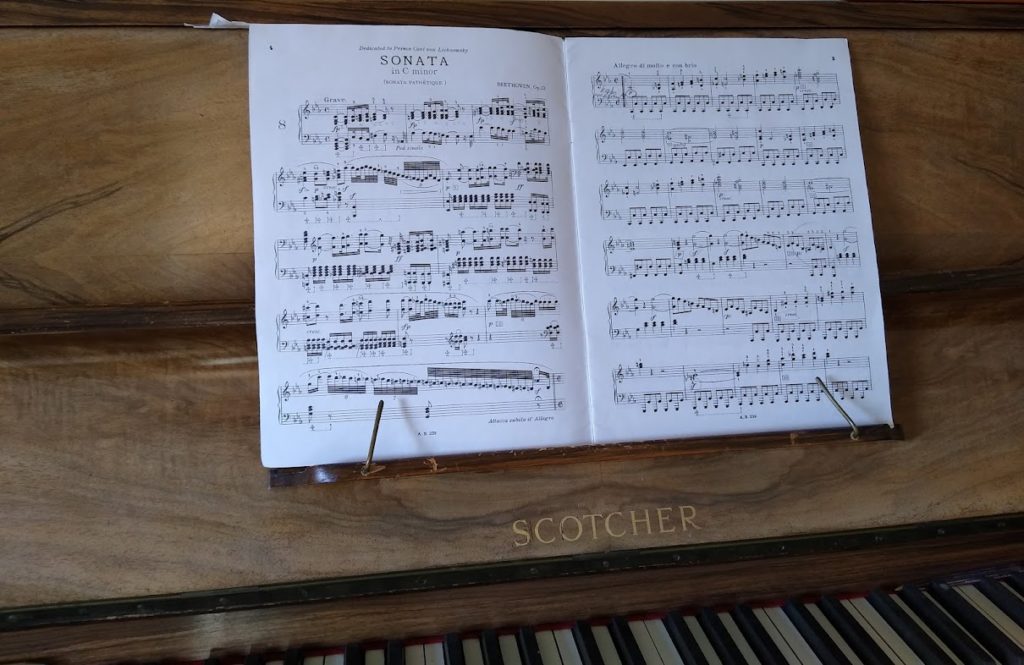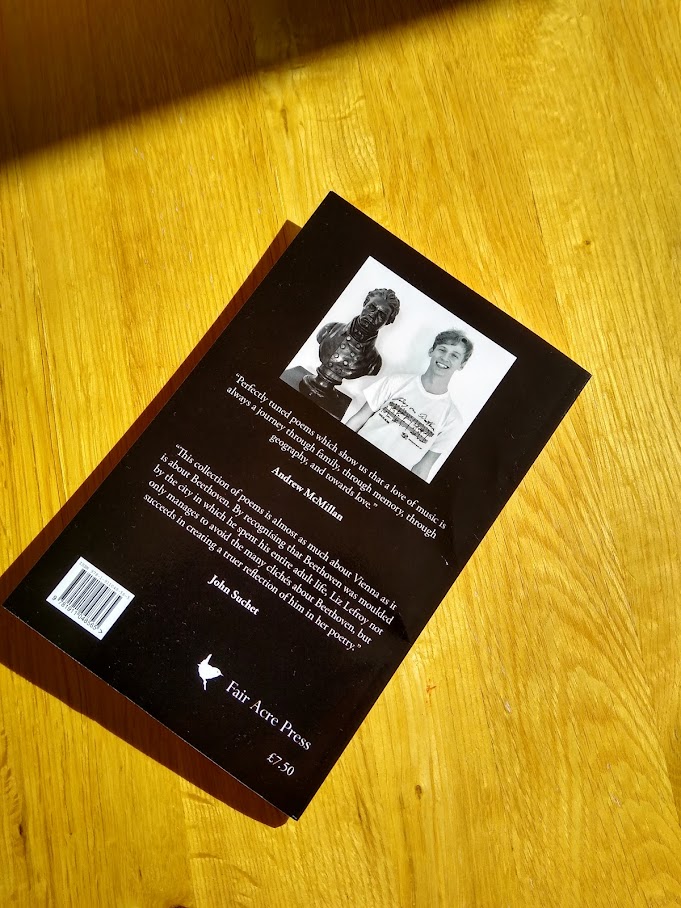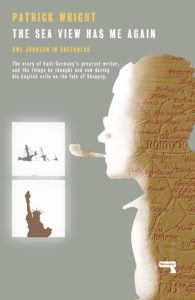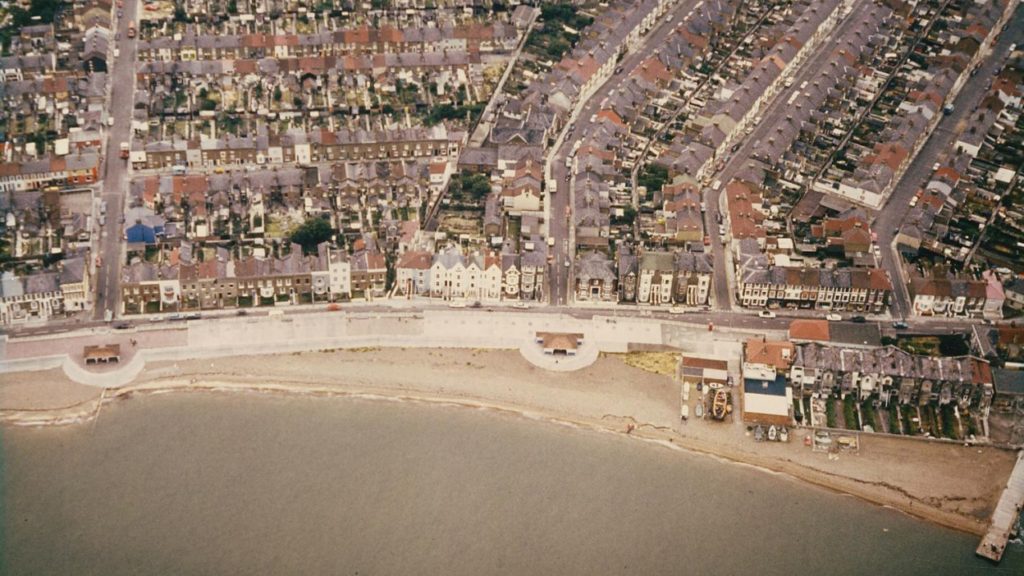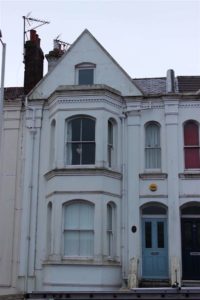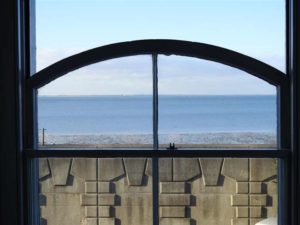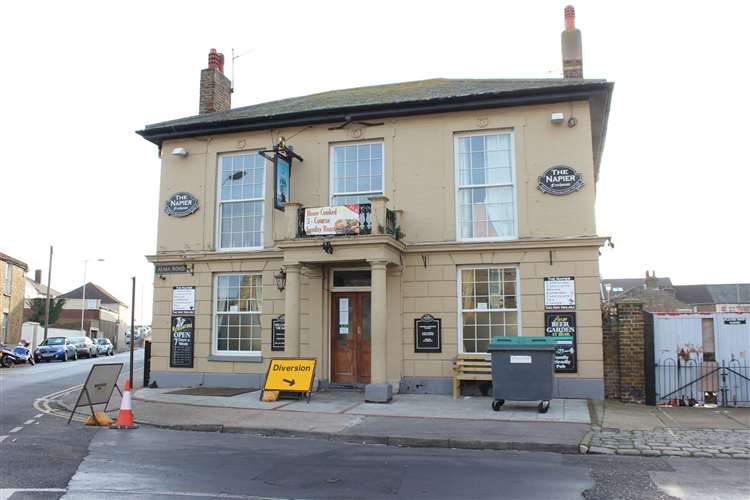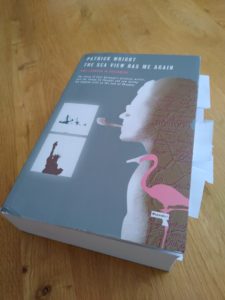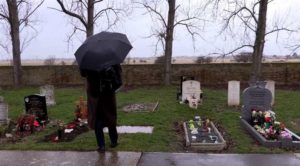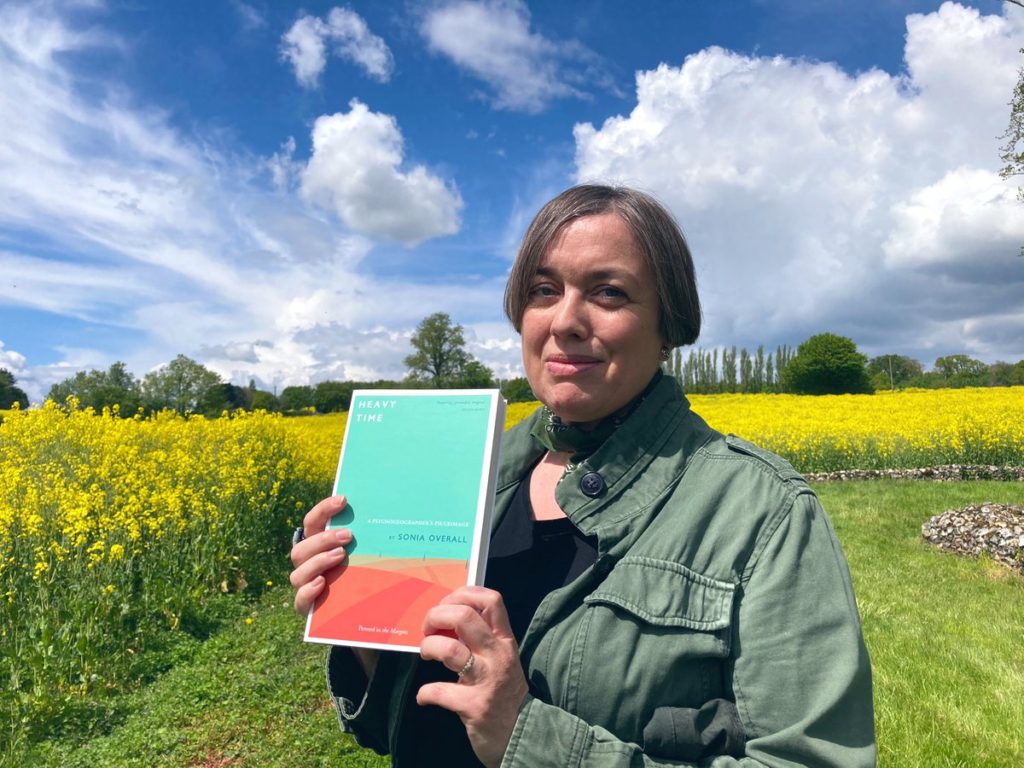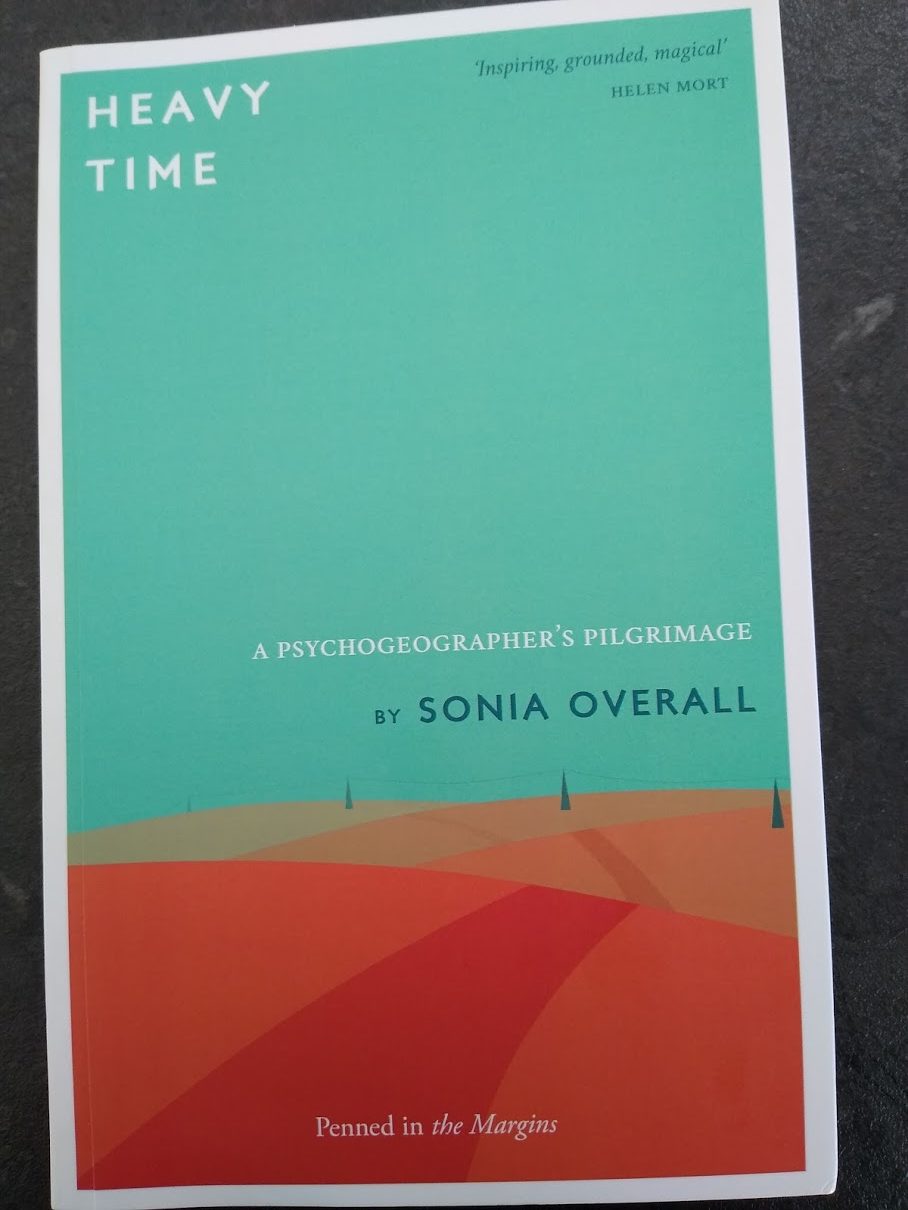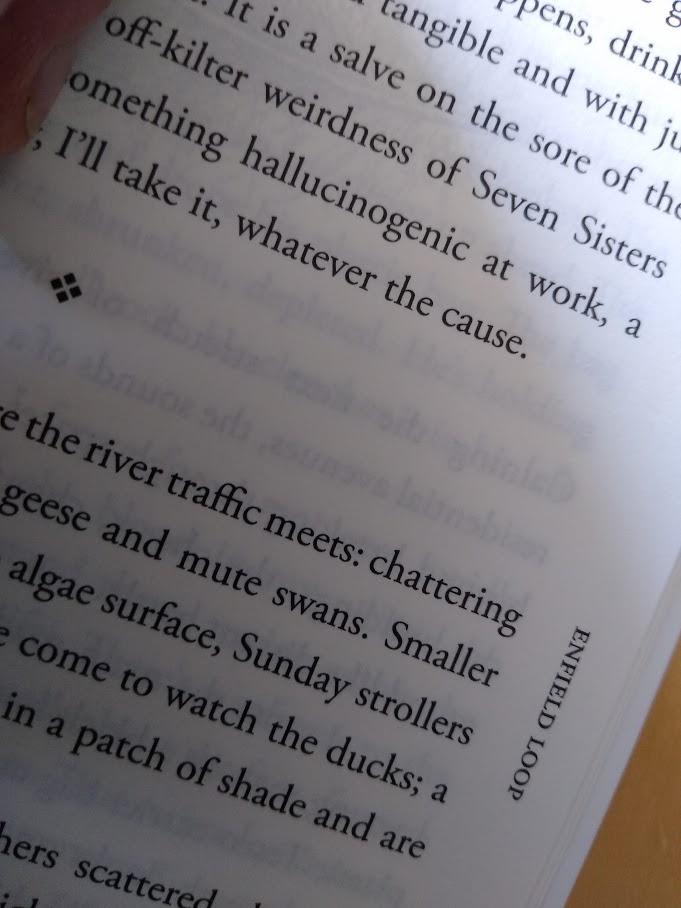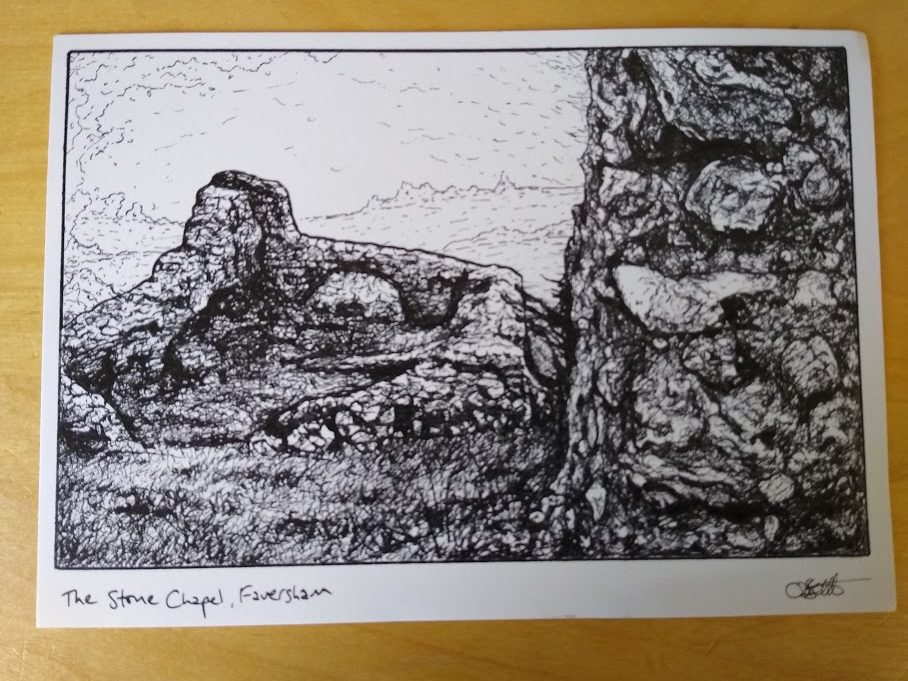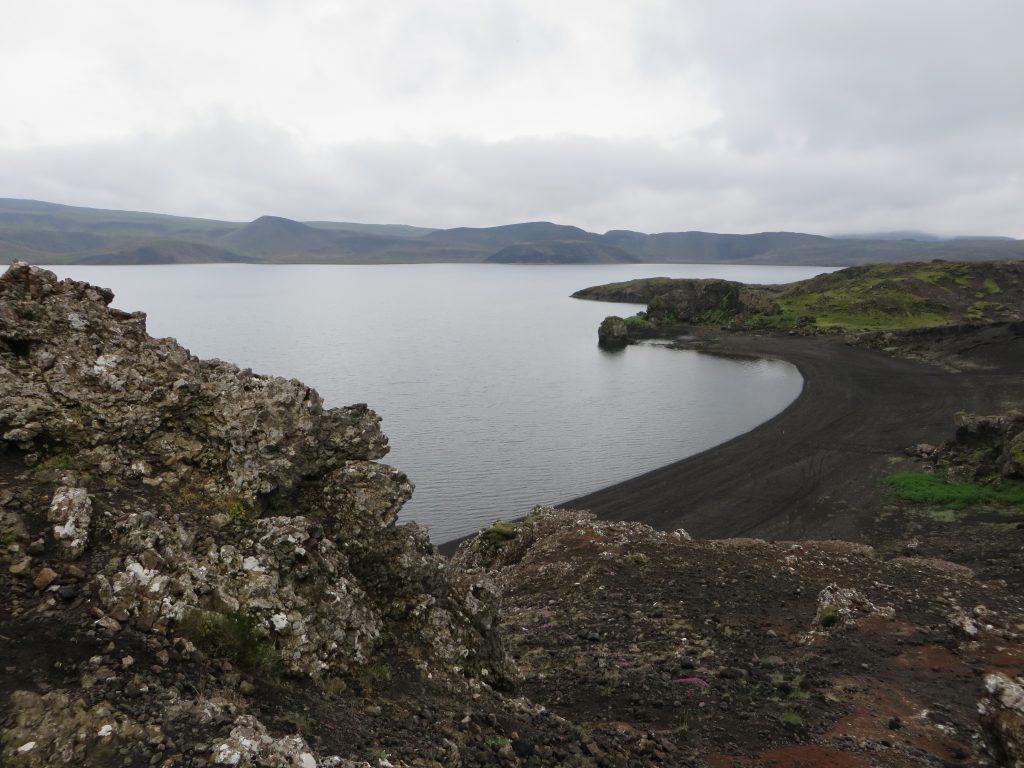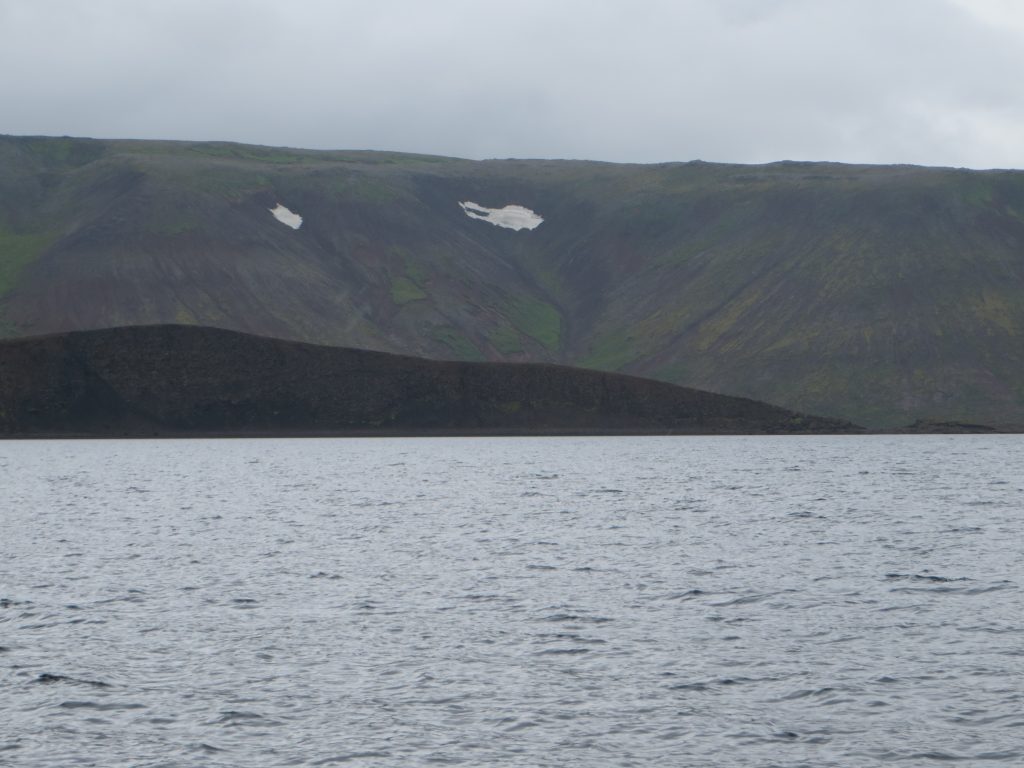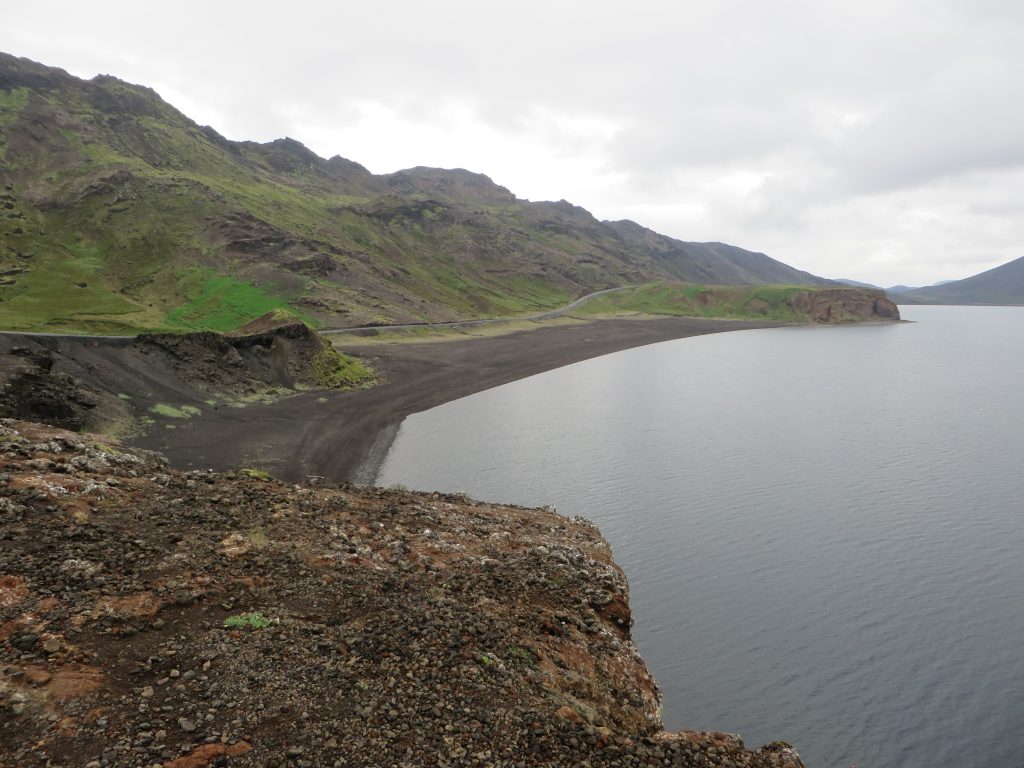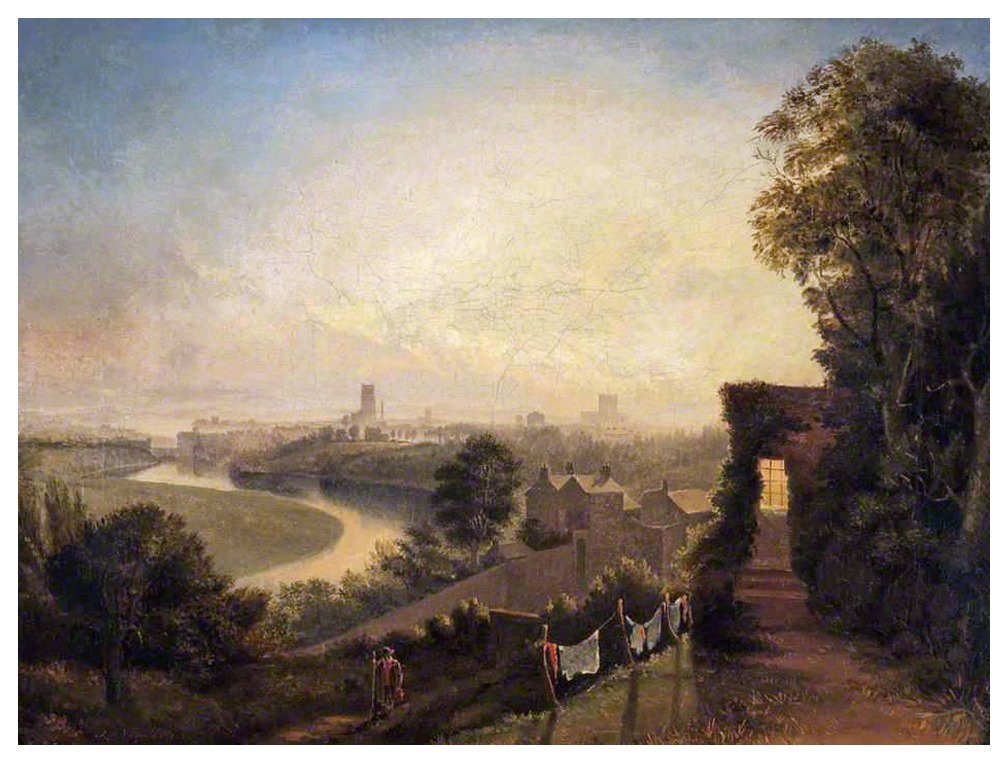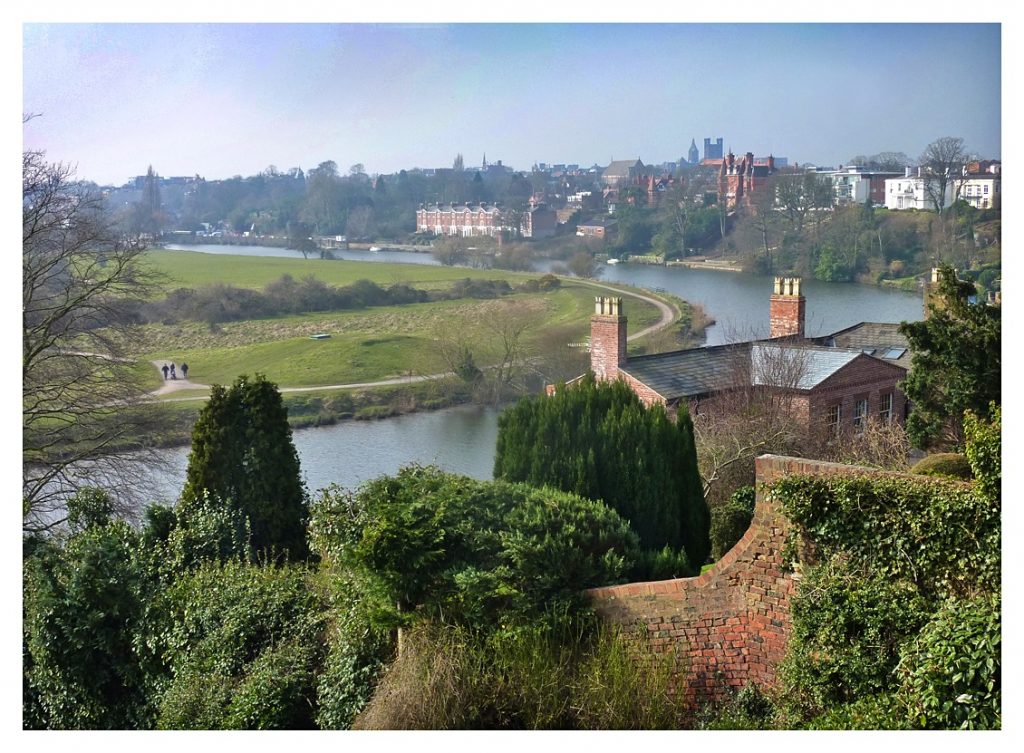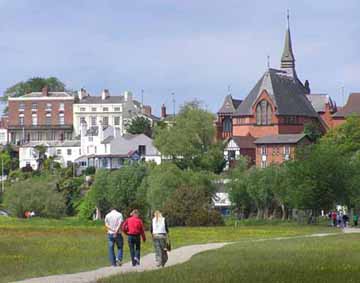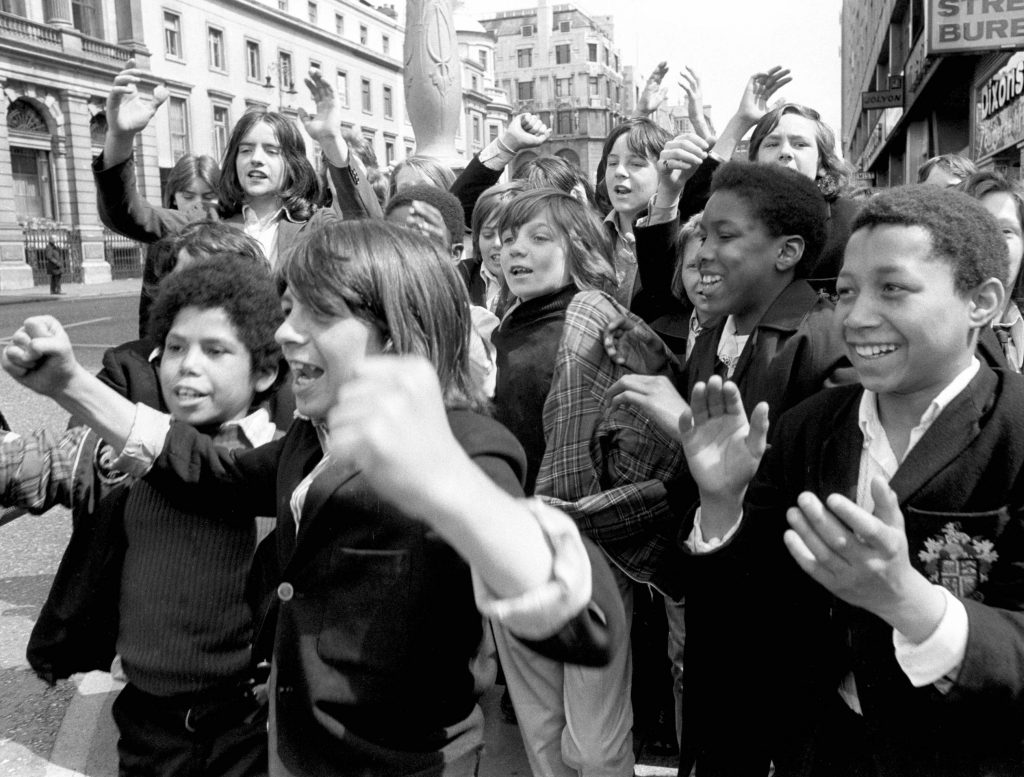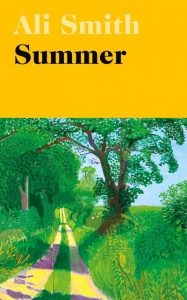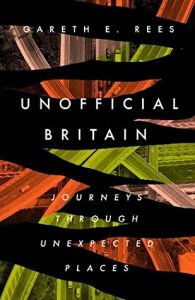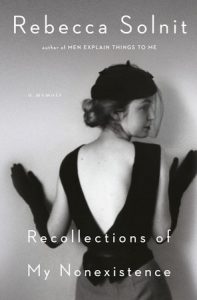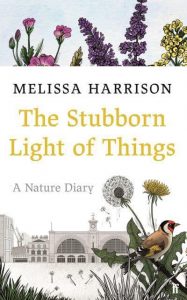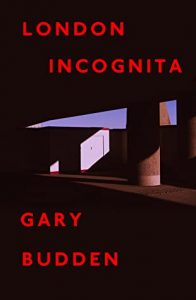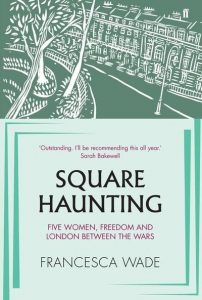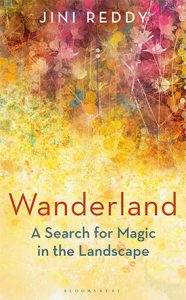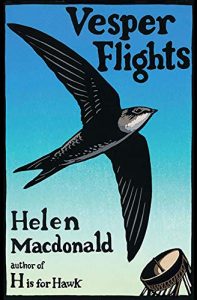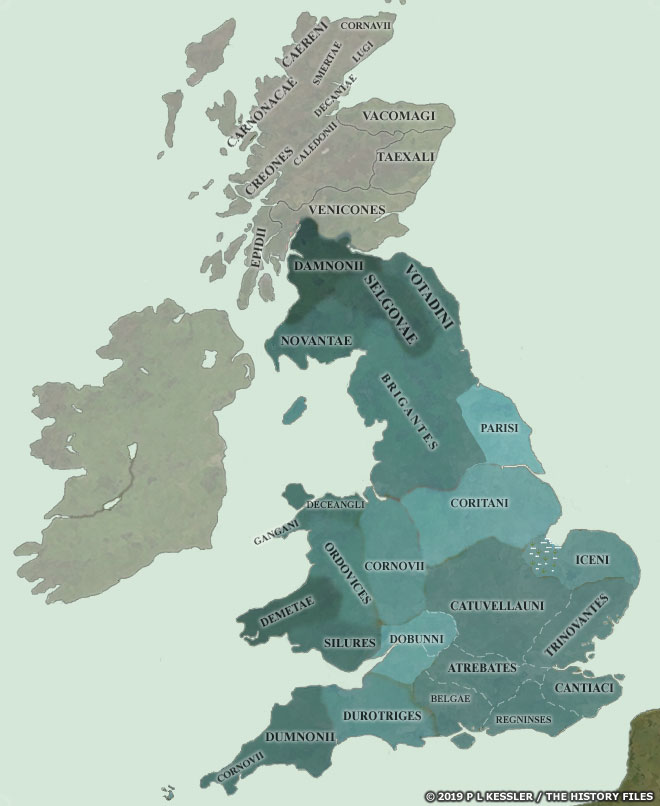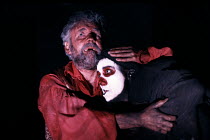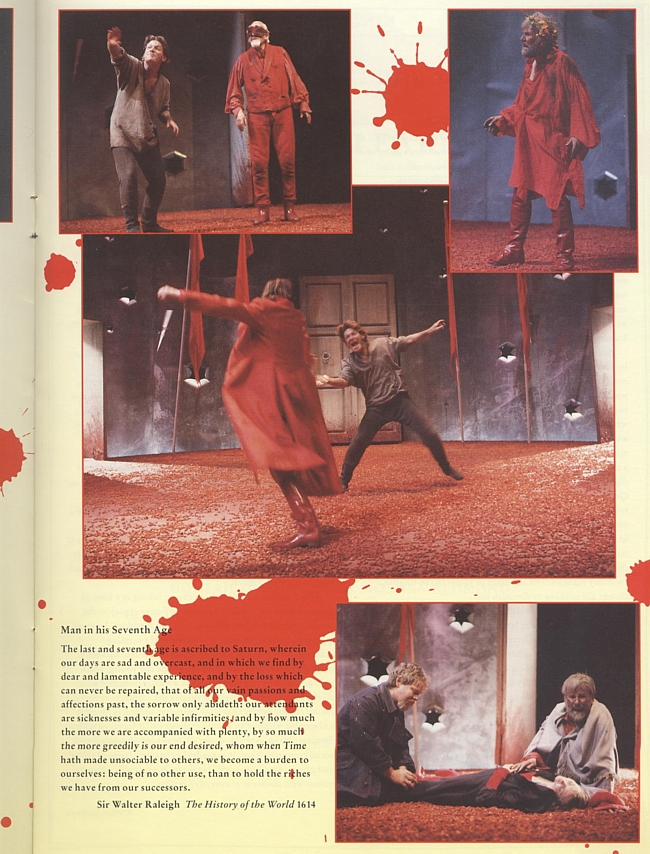Well, I know how she feels, I have unhappy memories of Chester myself, but it cannot be the fault of the place, surely, because look at all those fine old buildings, and that splendid cathedral. Maria was especially fond of the cathedral, which is strange, because she was not naturally of a religious temperament.
The Accidental Woman, Jonathan Coe
We make an early start and catch the bus into Chester. The morning is cool and drizzly, rain and high winds are predicted for later. We plan to walk the streets, squares and alleyways that lie within the city walls of Chester and to complete this task before sunset. We have in mind a piece of legislation from September 1403 that has never actually been repealed:
..all manner of Welsh persons or Welsh sympathies should be expelled from the city; that no Welshman should enter the city before sunrise or tarry in it after sunset, under pain of decapitation.
Earlier that year the Justice of Chester, Henry Percy, also known as Hotspur, led a revolt against the rule of King Henry IV. Hotspur had a number of grievances and spoke out in favour of the former king, Richard II, and allied himself with the Welsh rebel, Owain Glyndŵr. However, before the revolt could spread, Hotspur was killed and his forces defeated by the king’s army at the Battle of Shrewsbury.
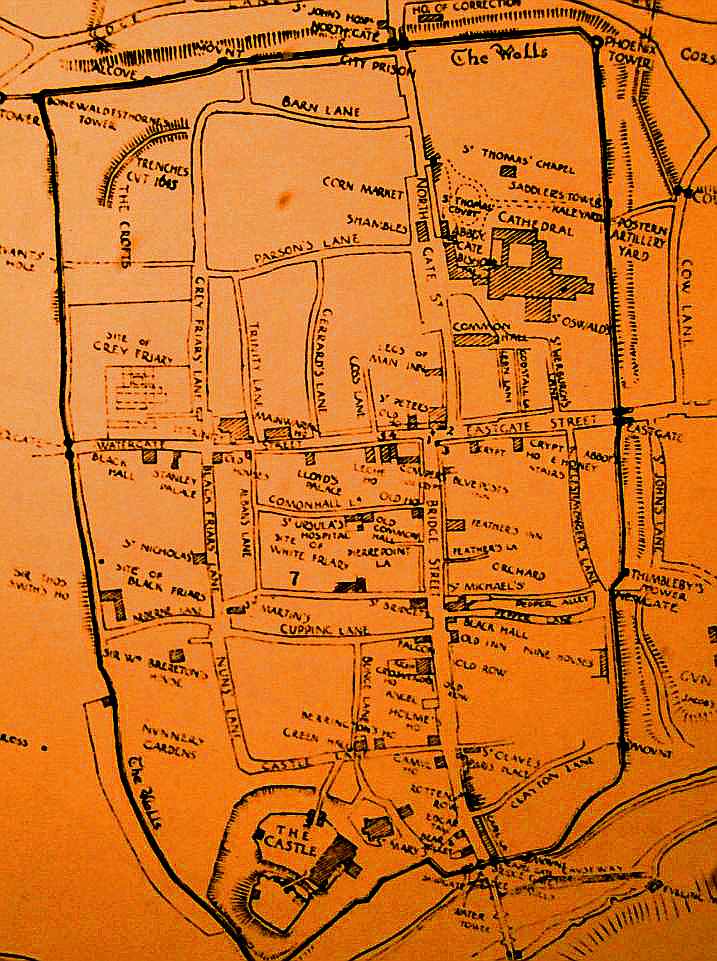
Following the fighting the king sought to snuff out any possible alliance between Hotspur’s sympathisers in Chester and the Welsh. A new statute expelled all Welsh residents of the city and placed a curfew on any Welsh visitors. The Welsh had to leave their arms at the city gates, could not gather in groups of more than three and required to leave the city by sunset. The penalty for breaching this curfew was death by hanging and decapitation, with the offender’s rotting corpse to be displayed on the city walls as a warning to others.
We arrive in Chester just after eight. The streets are already busy with traffic and people hurrying to work and a reluctant sky is casting a monochrome light over the hunched buildings of the city centre. I stop in St Werburgh Street to take a picture of the street sign; I want to record them all. Shop assistants, office workers and school kids hurry past. A young woman audibly harrumphs at our loitering presence on the pavement, which momentarily interrupts her heel-clacking progress. I complete my shot with a click of the shutter and turn towards her with an apologetic smile, but she does not look back.
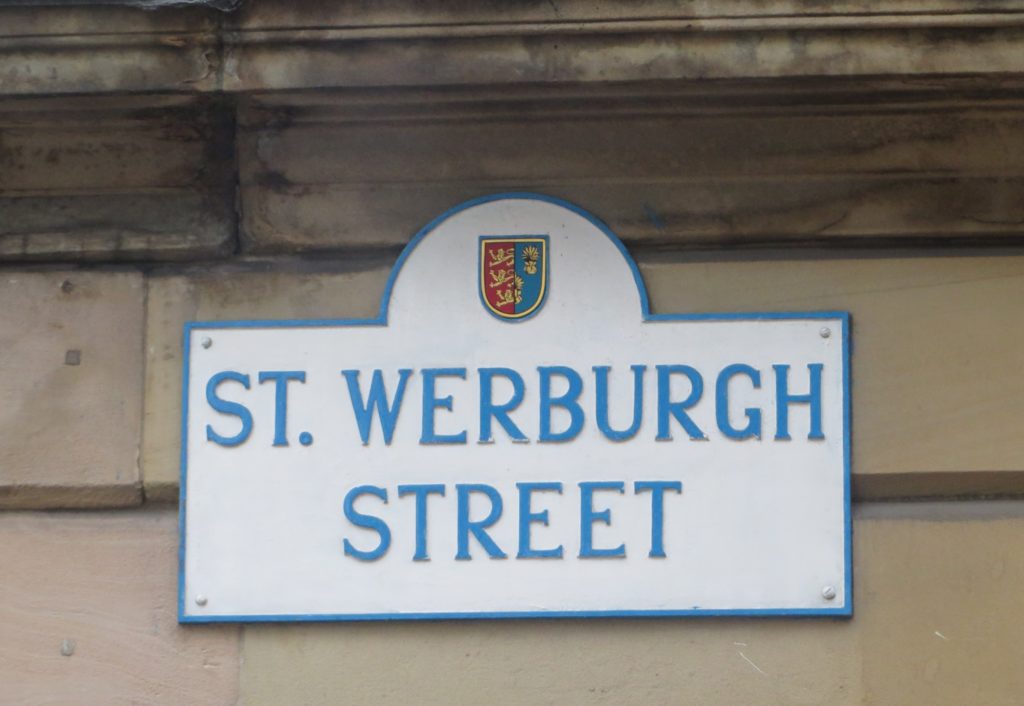
Chester’s walls enclose the city. Our plan is to draw a psychic line around the city by ritually circling the full circumference of the walls, drawing tight the noose of stone that contains the city. It’s another of Bennett’s ideas; she is very keen on the symbolic power of beating the bounds to mark what lies within the walls and that which is, and always will be, left outside.
We take the steps up onto the wall at a spot next to the cathedral. Unlike the traditional church ritual, we have no parish priest or local farmers to mark the city’s boundaries with us, but I do strike the sandstone parapet of the wall with the flat of my hand before we set off. The stone is cold beneath my hand. I take a deep breath and we start walking in an anti-clockwise direction. I’m not sure whether there are any strict rules on this within the Christian tradition, but a lot of the beating the bounds walks I have read about seem to take the option of travelling in this direction rather than clockwise.
Walking the streets of medieval Chester, we plan to mark our progress by making an image of every street name plate in every street we cover. We have a vague plan of the route that we’ll take. We start in the city’s north-eastern corner near Abbey Green and then work our way over to the north-western corner by way of the streets abutting the wall’s northern edge and covering approximately the top quarter of the city. From there we work our way eastwards once more to the far edge of the wall and then back and forth across the city covering the final two quarters and ending up somewhere near the Old Dee Bridge where Watling Street enters the city from the south. That is the plan, anyway.
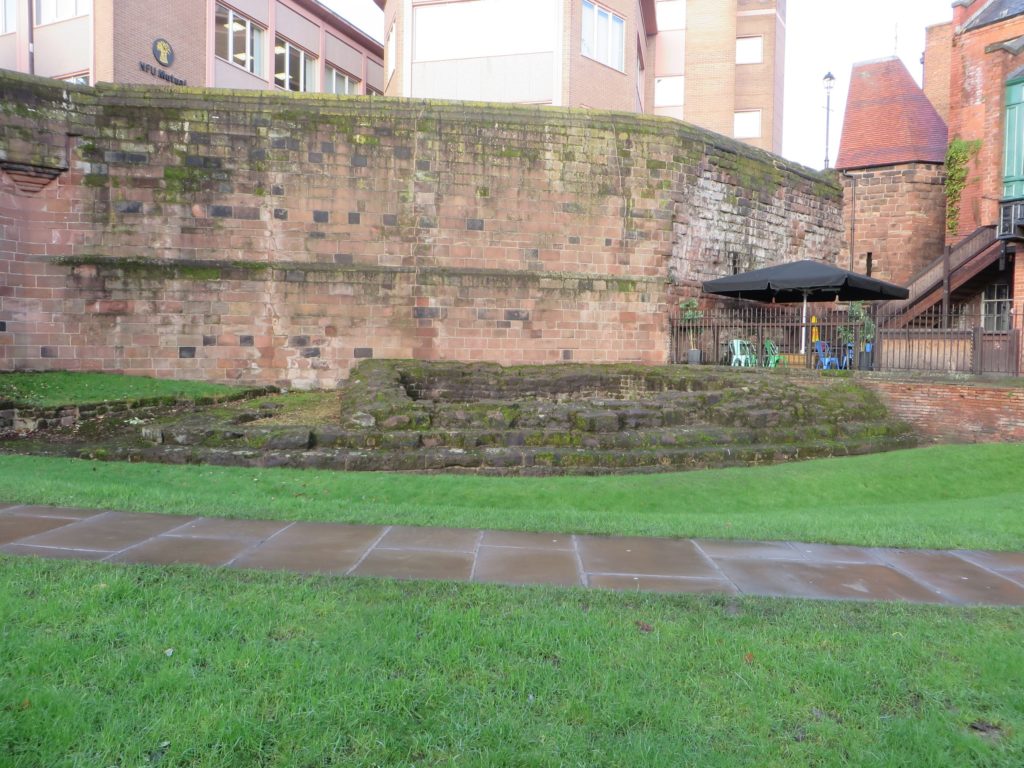
Chester’s walls are an almost complete circuit so navigating our circular walk is not difficult. Chester Cathedral is unusual in that its bell tower is in a structure separate from that of the cathedral itself. It was completed in 1974 and is known as the Addleshaw Tower after the cathedral Dean who commissioned it. Prior to this the bells were housed in the cathedral’s central tower, but this previous home was judged to be too fragile to cope in the long-term with weight of the bells and the vibration stresses produced when they were rung.
The bell tower’s concrete structure is faced with a layer of Welsh slate and the tower looms like some vast, inscrutable monolith, its façade giving away nothing of its age, provenance or purpose. Once on the wall we turn left to follow our anti-clockwise perambulation. Bennett points out that even when it’s busy with tourists and amblers, which it is most of the year, she always finds the wall a welcome escape from the throng of the city’s streets. I feel a sense of relief too. Somehow being a few metres above street level makes my senses feel less assailed by the snarl of traffic and bustle of pedestrians down below. The air seems cleaner; scientifically-speaking that’s a ridiculous assertion, but I do feel able to breathe more easily now I’m on the walls.
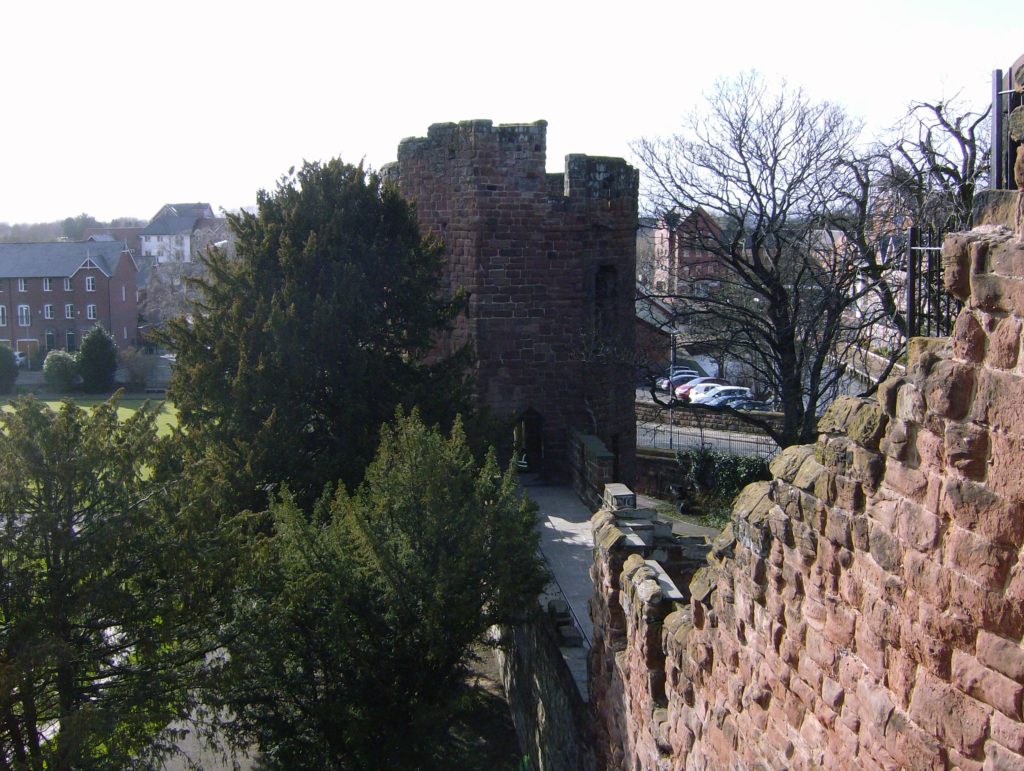
We follow the wall and, looking down into the streets and buildings below, I feel a slightly guilty voyeuristic satisfaction like the one you sometimes get when you’re travelling by train and look into other people’s gardens and the backs of their houses, all the bits they don’t normally show off to the world.
I have a rough plan of the route in my head, but what I realise is that maybe, with all this backwards and forwards, we should have mapped it out in advance with a detailed route that we could follow in a systematic way. But, as Bennett says, who wants to be systematic? The point is simply to cover all of the streets between sunrise and sunset and to see what comes of that.
In the north-eastern corner of the walls is the King Charles or Phoenix Tower from where Charles I is said to have watched the battle of Rowton Moor taking place just beyond the city’s walls. One notable casualty in this battle was William Lawes, the king’s favourite composer and ‘Father of Musick’.
Further along the walls is Morgan’s Mount, which is the site of another tower which, during the siege by the parliamentary army in the English Civil War, held a gun emplacement commanded by a Colonel Morgan. In October 1645 the besiegers blew a hole in the wall here and stormed through the breach. They were beaten back by the Royalist defenders and Chester did not fall until the following year.
Continuing west we pass the Goblin Tower and Water Tower and cross over the railway line before turning south and skirting the edge of the roodee, a large meadow tucked into a loop in the River Dee. Since 1539 this has been the site of Chester’s racecourse and before that is was the Roman port; the Dee as far as Chester being navigable by sea-going vessels at this time.
We leave the walls near Duke Street to trace the southern quadrant of the city. The narrow streets here are very close to the walls, I can almost feel their embrace, insistent and unyielding. A red-brick building, tall, monolithic and with bricked-up windows, dominates the street. It looks like it might once have been a Victorian industrial building and puts me in mind of the terrible, inhuman factory in Mervyn Peake’s Titus Alone. It is, in fact, Chester’s record office and county archive.
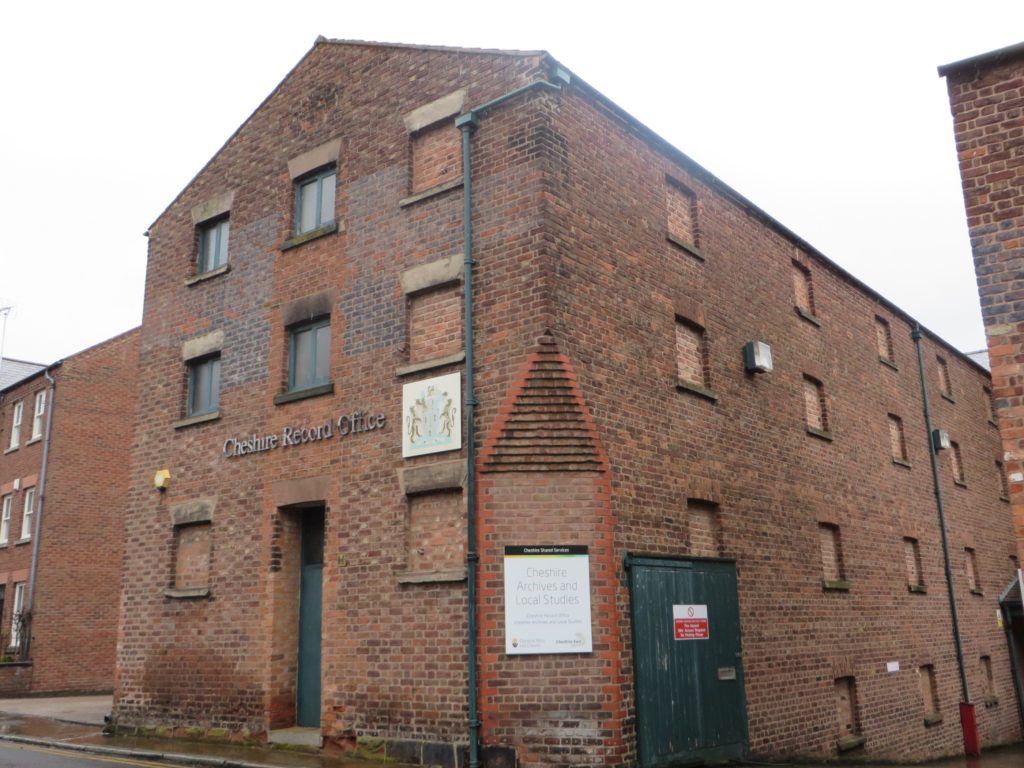
Ron Chesterman worked here for the last three decades of the twentieth-century. Ron was fascinated by Chester’s walls; so fascinated, in fact, that he devoted his working life to studying the city and its historical records in his role as county archivist. He also played a mean double bass and, in the late 1960s teamed up with Sandy Denny, Tony Hooper and Dave Cousins to form the Strawbs. Ron played on the first two albums and also did sessions for Tea & Symphony before returning to his calling as an archivist.
The music was important, obviously, but the thing that thrilled Ron the most was the lifestyle that came with being in a band. From the moment he boarded the BEA jet at Gatwick he was hooked. It wasn’t just that it was the first time he had been on a plane, but it was the whole idea of flying off to Copenhagen to record an album.
Ron had first met Dave Cousins when he was a student in London. He was playing his double-bass on a singers’ night at a folk club in Hampstead when Dave happened to drop in looking for likely acts for the White Bear, his folk club in Hounslow. He was so taken by Ron Chesterman’s bass-playing that he asked him to join his band, The Strawbs. Dave’s long-time musical collaborator, Tony Hooper, was already a fixture in the band and they were joined soon afterwards by an exciting young vocalist from South London, Sandy Denny. It was this line-up that was signed, via a connection through a Radio 1 DJ, to the Scandinavian label Sonet Records. So for two- weeks they, by day, rehearsed and recorded material in Sonet’s studio, a converted cinema in Copenhagen, and by night they had a residency at a club in the Tivoli Gardens.
Chester’s medieval High Cross is placed on the spot where Watling Street turns east towards Manchester and York and in the opposite, southerly direction points towards London and Dover. It is the omphalos of Roman Chester.
At the north-west corner of the wall, enclosed by City Walls Road, is a modern housing development dating from the late 1990s. The Yonne, Brennus Place and Sens Close were built by Bryant Homes and each street takes its names from Chester’s French twin town, Sens in Burgundy. Yonne is the river upon which Sens stands and Brennus was a Gaul warrior who led a revolt against the area’s Roman occupiers. At the height of his exploits he led a Gaulish force that captured and sacked Rome before being repulsed Roman reinforcements. Each of the three new streets is a close.
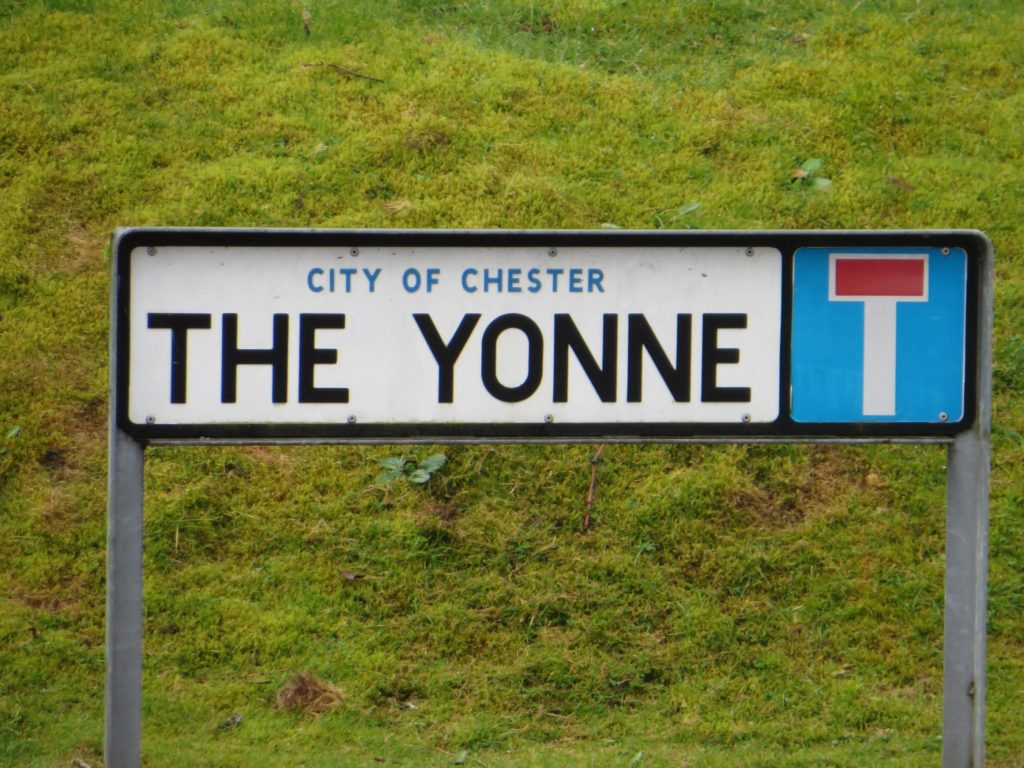
I feel conspicuous as we walk to the head of The Yonne and then turn and walk out again. Blinds twitch at our passing, or so I imagine. Thankfully a pedestrian walkway takes us from Sens Close to Brennus Place so I feel a little less like a prowling stranger. As I enter this final street of the three Brennus himself falls into step beside us.
Just look at these places, he says. Town houses they call them: three bedrooms and a garden hardly big enough to swing a sword in. And of course they all have cars, most of them two or more to a household and a street so narrow there’s nowhere to park. It’s an insult to my good name, I tell you.
Yet the 1898 Ordnance Survey map of Chester shows this whole site as an area of open land known as the Barrow Field, which was part of a larger stretch of open land designated The Crofts. We tread where warriors drilled and walk past shiny hybrid cars now parked where cattle once grazed. While fringing these homes are neatly trimmed lawns and rockeries built upon the buried bones of ancient dead.
Thomas Hughes, author Tom Brown’s Schooldays and Liberal MP for Lambeth, was a county court judge in Chester in the 1880s. He wrote of the Barrow Field:
We see on our left hand, through the refreshing grove of trees, a large and verdant mead, still retaining its ancient name of the Barrow Field or Lady Barrow’s Hey. This is the place where the soldiers of old Rome went through their daily military exercises, and where, 1500 years later, great numbers of the citizens who died of the plague were hurriedly interred.
We reach the entrance to a narrow street called Bedward Row. It is squeezed between the old Chester Infirmary building and the Queen’s School and links City Walls Road and St Martin’s Way. We walk to the far end and back again. Most of the original buildings have gone, but I read later that the street was named after Charles Bedward, a local builder who lived in the seventeenth century. For all its romantic heritage of Roman legions, Saxon warriors and Civil Wat combatants, Chester is at heart a small town of merchants, shopkeepers and trades people, confined forever within its immovable walls.
Map courtesy of Grosvenor Museum, Chester
Like this:
Like Loading...
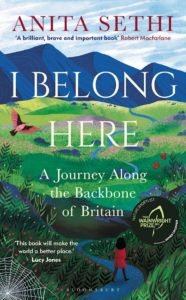 According to the CPRE, just 1% of visitors to England’s National Parks and Areas of Outstanding Natural Beauty are people from black, Asian or minority ethnic backgrounds. Yet the 2011 national census established that just over 14% of England’s population identified as part of these ethnic groups.
According to the CPRE, just 1% of visitors to England’s National Parks and Areas of Outstanding Natural Beauty are people from black, Asian or minority ethnic backgrounds. Yet the 2011 national census established that just over 14% of England’s population identified as part of these ethnic groups.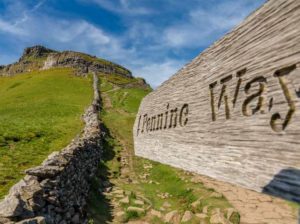 As she walks Sethi tells us about her life and about that of her ancestors who were forcibly recruited as indentured labourers in British India and set to work in Britain’s colonies in East Africa and Guyana. The British Empire was not built solely on trading goods and commodities, but relied on shipping people from one place to another for the purposes of hard, brutal labour. She ties in her own experiences as a British woman of colour with the wider picture of Black Lives Matter and the word-wide ripples of the murder of George Floyd in 2020.
As she walks Sethi tells us about her life and about that of her ancestors who were forcibly recruited as indentured labourers in British India and set to work in Britain’s colonies in East Africa and Guyana. The British Empire was not built solely on trading goods and commodities, but relied on shipping people from one place to another for the purposes of hard, brutal labour. She ties in her own experiences as a British woman of colour with the wider picture of Black Lives Matter and the word-wide ripples of the murder of George Floyd in 2020.
